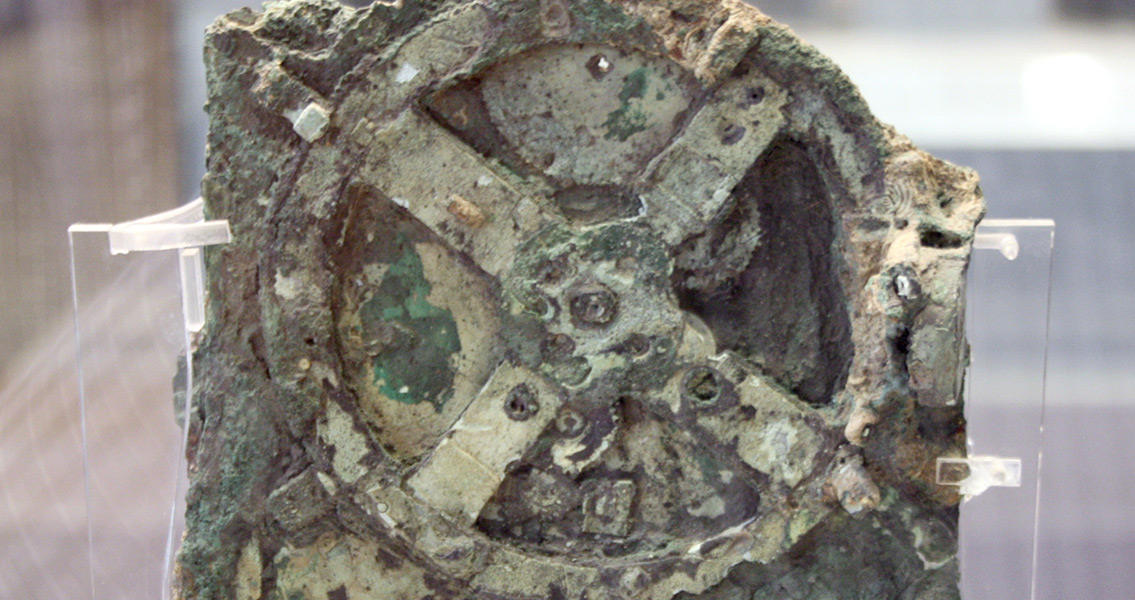<![CDATA[New research into the waters harboring the Antikythera shipwreck, made famous by the curious clockwork artifact discovered there in 1900, has yielded even more archaeological treasures. The wreck, named for the Greek island it was found near in the middle of the Aegean Sea, dates back to around 65 BCE and is most well-known for the so-called “Antikythera Device” discovered within it. The device features a gear-driven mechanism that has mystified scientists for decades in regards to the true purpose behind its construction, but while the mystery of the Antikythera Device may linger this hasn’t dissuaded archaeologists from continuing to delve the wreck for new and interesting ancient artifacts. In this case, a joint excursion from the Woods Hole Oceanographic Institute (WHOI) and the Hellenic Ministry of Culture was able to recover some 60 new items from the wreck. These objects include decanters made from ceramic, incense or resin, pieces of marble statues, luxury glassware, gold jewelry, and a decorative bronze spear. Additionally, an artifact that might have been used by sailors to protect the ship from pirate attack has also been recovered – but in even bigger news, the wreck of a second ship has been confirmed to lay close by as well. In an interview with Live Science, WHOI marine archaeologist Brendan Foley said that new and emergent technologies are allowing marine science to grow by leaps and bounds. With each subsequent dive to the Antikythera wreck, researchers learn more about the ancient past, Foley added. The original wreck was discovered by Greek sponge divers in 1900. Thought to have been a large vessel for carrying grain, the ship had been filled with a large number of antiquities and several dozen marble statues, in addition to the curious Antikythera Device, an object that many feel may be the first example of a mechanical computer. Additional research in 1976 – spearheaded by famous marine explorer Jacques-Yves Cousteau – saw an additional 300 objects as well as the remains of the crew and passengers recovered from the sea floor. The resources used by researchers today dwarf those used in both 1900 and 1976, of course. New laboratory analysis methods, developments in technical diving, and high-tech unmanned underwater vehicles have revolutionized the ability to gather data from the wreck; this includes being able to take precise measurements of the 2.6 acres of sea floor with autonomous robots and conducting dives of 170 feet below the surface thanks to cutting edge closed-circuit mixed-gas rebreathing apparatus. Some of the other more advanced techniques being used include the analysis of isotopes of lead objects recovered from the wreck in order to determine what part of the world they were sourced from. Additionally, ceramic jars from the wreck have been subjected to DNA extraction in order to understand more about the food and beverages that had been stored within them. Three-dimensional computer modeling is used to recreate every artifact digitally, making it easy for discoveries to be shared among colleagues and collaborators across the globe, even with an artifact that has yet to be removed from the sea floor. Image courtesy of Wikimedia Commons user: Giovanni Dall'Orto. ]]>
Return to Antikythera Shipwreck Yields New Treasures
